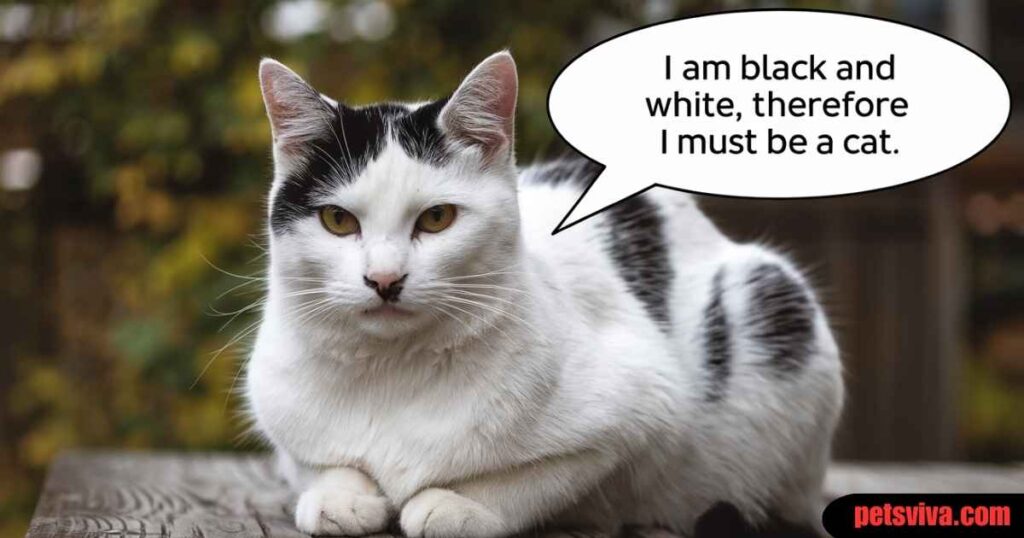Male cats are typically more territorial and social, often bonding closely with their owners, while female cats tend to be more independent and reserved. Both have unique traits that can influence your decision on which is the better fit for your home.
Curious about which feline might suit your lifestyle better. Let’s dive into the pros and cons of male and female cats!
Identification Male vs Female Cats & Biological Differences
Identifying male vs. female cats can be challenging, especially in kittens. Key biological differences lie in their genitalia. A female kitten’s vulva is a vertical slit close to the anus, resembling an upside-down exclamation point.

Male kittens have a greater distance between the anus and the penis, with the testicles developing in the extra space. As they mature, these differences become more pronounced, with male cats developing larger testicles and, if unneutered, thicker skulls and tomcat jowls.
In contrast, female cats generally have smaller heads and are often smaller in size. Coat differences also occur, with some color patterns like calico and tortoiseshell being unique to females. Recognizing these physical differences is crucial for proper cat breeding and care.
Differences In Temperament, Personality, and Behavior
The differences in temperament, personality, and behavior between male and female cats is key to choosing the right feline companion.
Tendency to Roam:
Intact male cats are more likely to roam due to their instinctual drive to find a mate. They may wander far from home and even disappear for days. Female cats, particularly those spayed, are generally less likely to roam, although unspayed females may seek mates when in heat.
Social Behavior:
While both male and female cats engage in affiliative behaviors like grooming and rubbing against each other, studies suggest that female cats may exhibit these behaviors more frequently, especially in outdoor or feral environments. In contrast, male cats may display these behaviors equally when kept indoors.
Feline Aggression:
Aggression is seen in both sexes, but unneutered males are more likely to exhibit aggressive behaviors towards other males, particularly when competing for territory or mates. Spaying or neutering often reduces this aggression, making them more sociable.
Heat Cycle Behaviors:
Female cats in heat display specific behaviors such as increased vocalization, restlessness, and excessive grooming. These behaviors are driven by their instinct to find a mate. Spaying eliminates these behaviors, making them calmer and more predictable.
Urine Spraying and Marking:
Urine spraying is a common behavior in intact cats of both sexes, used to mark territory or attract mates. While neutering can reduce or eliminate this behavior, some spayed or neutered cats may continue to spray due to stress, changes in environment, or other factors. It’s important to understand that urine marking can be a response to various triggers, not just a territorial instinct.
Recognizing these behavioral differences helps in providing better care and fostering a stronger bond with your cat.
Also Read : how to keep cats off furniture
Color-Linked Personality Traits
Color-linked personality traits in cats are often a topic of debate among cat owners. Some believe that certain coat colors are associated with specific temperaments. For instance, tortoiseshell cats are often described as having “tortitude,” a sassy and spirited personality, while calico cats are thought to be equally feisty. Orange cats are frequently perceived as more friendly and affectionate. However, scientific evidence supporting these claims is limited.

Studies suggest that these perceptions may be influenced by owner biases rather than actual behavioral differences. While some research has found a link between certain coat colors and behaviors like hissing or swatting, these findings are based on subjective reports from pet owners. Ultimately, every cat is unique, and personality is shaped by a combination of genetics, environment, and individual experiences, rather than just coat color.
Male Cats vs Female Cats: Pros and Cons
When comparing male cats vs. female cats, there are distinct pros and cons for each gender that can help you decide which might be the best fit for your household.
Male Cats Pros
Male cats are often known for their affectionate and playful nature. They tend to maintain a kitten-like spirit well into adulthood, making them enjoyable companions. Neutered male cats are usually easygoing and adaptable, often forming strong bonds with their owners. They are also less likely to display territorial behavior after neutering, which reduces the likelihood of urine marking in your home.
Male Cats Cons
One downside of owning a male cat, especially if not neutered, is their tendency to roam in search of mates, which can put them at risk of getting lost or injured. Additionally, unneutered males are more prone to urine spraying as a way to mark territory, and they may exhibit aggressive behaviors toward other males.
Female Cats Pros
Female cats are generally less territorial and more independent than their male counterparts. Spayed females are less likely to engage in urine marking and are typically more adaptable to changes in their environment. They are also less prone to aggressive behavior, making them suitable for quieter households.
Female Cats Cons
However, unspayed females can present challenges during their heat cycles, including increased vocalization, restlessness, and a strong desire to escape outdoors to find a mate. If not spayed, there’s also the possibility of unexpected pregnancies, leading to the responsibility of caring for kittens. Additionally, some female cats may be more independent and less inclined to cuddle, which might not suit owners looking for a more affectionate pet.
Choosing between a male and female cat depends on what traits are most important to you as a pet owner.
Conclusion:
Both male and female cats offer unique benefits and challenges. Male cats are often affectionate and playful, while female cats are generally more independent and less territorial. However, unneutered males may roam and spray, while unspayed females can be vocal and restless during heat cycles. Ultimately, the choice between a male or female cat depends on your lifestyle and what qualities you value most in a feline companion.
People also ask
Is it better to get a female or male cat?
It depends on personal preference and lifestyle; males are often more playful, while females can be more independent.
What are the cons of having a female cat?
Unspayed females may go into heat, leading to vocalization and restlessness. They can also become pregnant if not spayed.
Do cats prefer male or female owners?
Cats typically don’t show a clear preference for male or female owners; they bond based on individual interactions and personalities.
Are male cats more aggressive or female cats?
Aggression is more common in unneutered male cats, while female cats generally show less aggression, especially if spayed.







